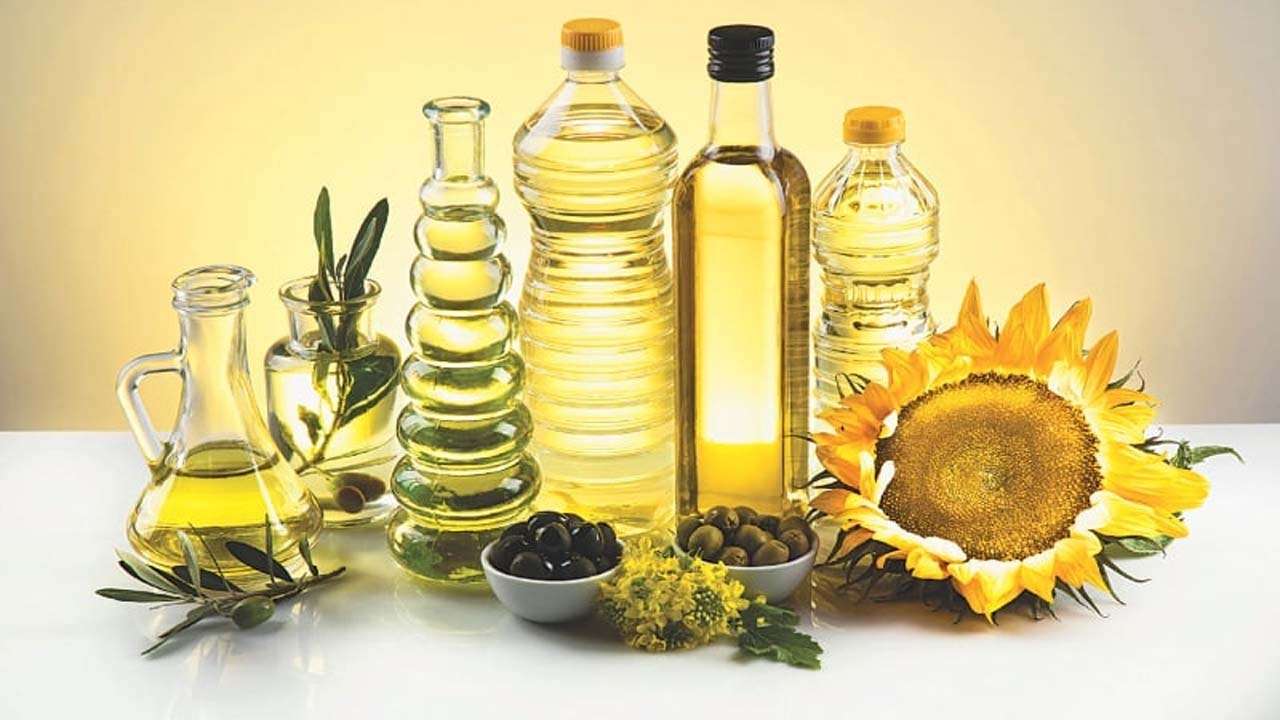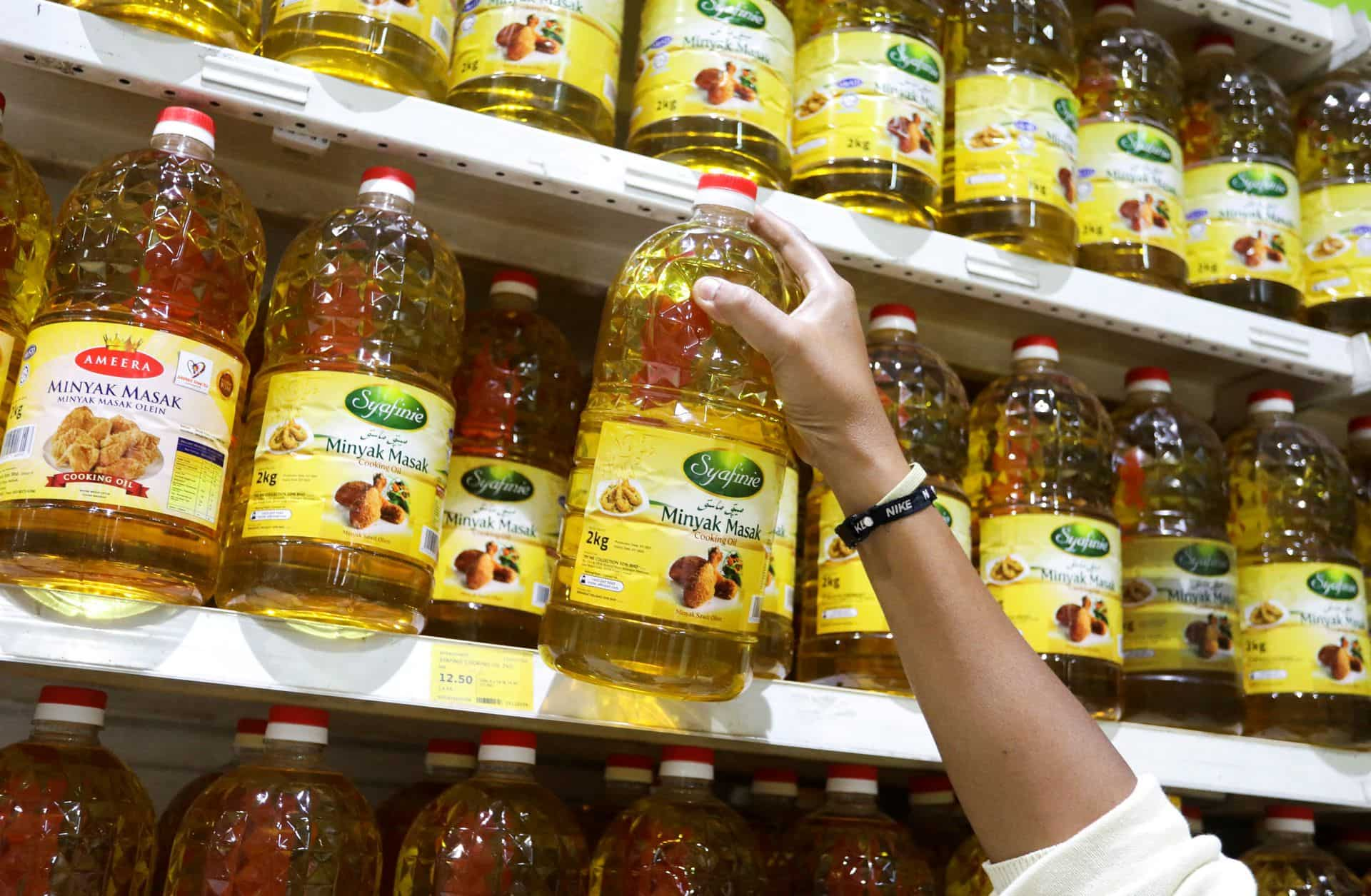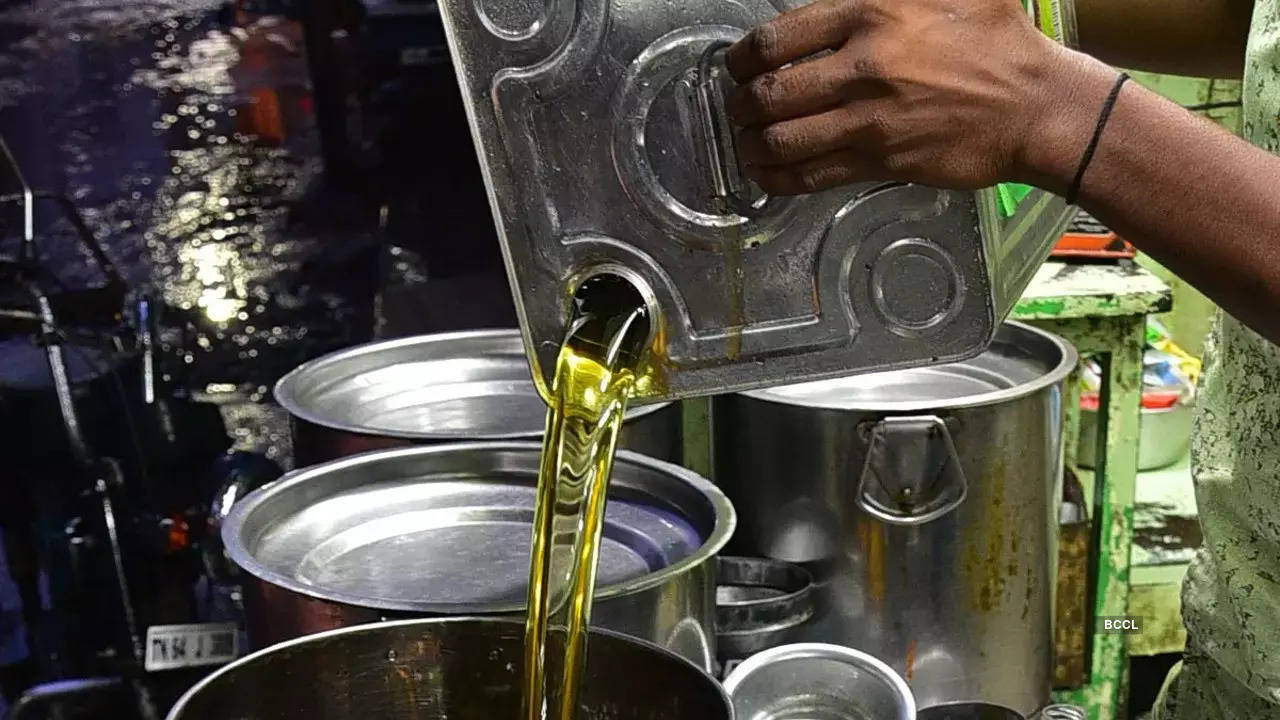Edible Oil Companies Suffer Significant Losses Due to Increase in Imports 2023

Edible Oil Companies Suffer Significant Losses Due to Increase in Imports 2023
Edible oil, a staple in households and essential for numerous cuisines, is witnessing a significant shift in its market dynamics. Local edible oil firms in many countries are grappling with substantial financial setbacks, attributed largely to the sharp surge in imports
Some global producers have had bumper crops leading to an oversupply in the international market. This has resulted in competitive pricing, tempting countries to increase their imports.

Foreign producers, in some instances, have adopted more advanced agricultural practices, enabling them to produce higher quality oils at reduced costs.
Free trade agreements and reduced import tariffs have made it more cost-effective for countries to import edible oils rather than relying on domestic production.
Issues such as labor shortages, outdated technology, lack of innovation in the domestic edible oil sector, and unpredictable weather conditions have also played a part in reduced local production.

The price of edible oil has been at sharply reduced levels on the international markets for about a year. This, along with the government’s determination to pass the savings on to people, has maintained consumption high but taken a heavy toll on the financial results of local businesses.
While these enterprises have collectively lost money for the second consecutive quarter, the severity of the losses was greater in Q1FY24 compared to Q4FY23.Domestic edible oil producers had lost money in Q2FY23 as well, but the following quarter saw a minor return to profitability as prices quickly firmed up.
The September quarter saw a little increase in pricing, although it is doubtful that all businesses saw a turnaround during that time.
Imports of edible oils, particularly refined palm oil, have increased. Domestic refinement is no longer feasible since the landed cost of refined palm oil is less than the cost of crude palm oil. As a result, businesses are pleading with the government to impose a significant import tariff disparity between crude and refined oils.

For instance, Adani Wilmar, which manufactures edible oils under the Fortune brand, reported a net loss of Rs 79 crore in Q1FY24 as opposed to a net profit of Rs 194 crore in the same period last year. Revenue for the company’s most recent quarter fell 12% year over year to Rs 12,928 crore, while profits before interest, tax, depreciation, and amortisation (Ebitda) plunged 71% to Rs 130 crore from Rs 443 crore in the same period previous year. Despite volumes increasing by 25% throughout the period, from 1.19 million tonne (MT) to 1.49 MT.
RBD (refined) palm oil now costs $840/tonne to arrive on the Mumbai coast, compared to $860/tonne for crude edible oil. The 2022–23 (November–October) oil season is expected to see imports of palm, soyabean, and sunflower oils reach a record high of 17 MT, up from 14 MT the previous year. About 56–58% of the edible oil used in India is imported.
)
“We have passed on the lower edible oil prices to consumers over the last few months,” said Aditya Agarwal, director of the Emami company. This has been in the range of 5–10%, and we are still keeping a tight eye on costs. The industry’s biggest worry, meanwhile, is the rise in imported refined edible oil.
Because local edible oil refiners must swiftly pass on lower costs to customers to keep up with importers’ pricing strategies, this has damaged their capacity to remain profitable.
The Emami group company Emami Agrotech produces and sells the ‘Healthy & Tasty’ edible oil brand, which is well-known in the east, north, and west.
The government has been encouraged to widen the difference between the effective import tariff on crude and refined edible oils by the Solvent Extractors Association of India (SEA), the country’s leading organisation of edible oil producers. There is now a 5.5% effective import charge on crude edible oil and a 13.75% effective import duty on refined oil.

However, analysts warn that the government is straddling a precarious line as it attempts to strike a balance between global pricing on the one hand and domestic output and inflationary worries on the other.Oil and fat retail inflation decreased by 15.28% in August and has been negative since February of this year.
A spokeswoman for Mother Dairy, which sells edible oils under the ‘Dhara’ brand, said that there has been a continuing drop in edible oil costs and predicted a reversal in demand.
In September 2022, the government reduced import taxes on crude palm, soya, and sunflower oils. The concessional tariffs on edible oils were extended until March 31, 2024, in December 2022.
Among the domestic edible oils, mustard accounts for 40%, soyabeans for 24%, groundnuts for 7%, and others.
The three main types of edible oil imported each year are palm oil (8–8.5 MT), soyabean oil (2.7 MT), and sunflower oil (2 MT). Soybean and sunflower oils are mostly imported from Argentina and Ukraine, while palm oil is primarily imported from Malaysia and Indonesia.
The most immediate consequence is financial. With cheaper imports flooding the market, local companies are finding it hard to compete, leading to reduced revenues and, in some cases, significant losses.
As imports take a larger slice of the market, domestic producers are losing their once dominant position, further jeopardizing their future viability.
Reduced domestic production means less need for manpower. This can lead to job cuts, affecting thousands of workers in the sector.As revenue dwindles, many firms are unable to invest in new technology or infrastructure, leading to a vicious cycle of falling further behind in terms of efficiency and cost of production.

A significant rise in edible oil imports can contribute to a country’s trade deficit, which can have implications on the country’s currency value and its overall economic health.Over-reliance on imports makes countries vulnerable to global market fluctuations and geopolitical tensions.
In countries where agriculture is a major part of the rural economy, the decline of domestic edible oil production can lead to economic stagnation in these regions.
Investing in R&D can lead to the production of high-yield crops and better resistance against diseases and pests.Governments can introduce supportive policies, including subsidies, grants, and low-interest loans to aid domestic producers in modernizing their operations.
While not always popular or feasible, governments could consider imposing tariffs or quotas on imports to protect domestic industries. Promoting the benefits of locally produced edible oils can help in swaying consumer preferences.

The surge in edible oil imports presents a considerable challenge for domestic firms and the broader economy. It’s a complex issue that requires multifaceted solutions.
By understanding the reasons behind the surge and its implications, stakeholders can better navigate the challenges and explore potential solutions to safeguard the future of the domestic edible oil industry.





